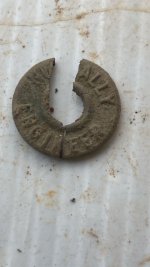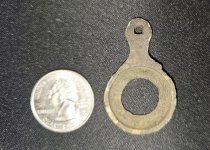solarsmith
Jr. Member
I am looking for any one or any mill that will buy head ore or concentrated ore. in amounts as small as 1 ton and grades as low as 1/2 oz per ton au for head ore and 5 oz per tonau for concentrates. There is no free milling gold in it and all gold is tied to pyrite. (sulfide). the new mill one mile from my mine is only doing sluicing at this time and can only recover free milling gold at this time. I will be happy to open this topic/thread to all mills and buyers of ore no matter how small or large there operation is. Bryan In Denver Colorado.






